Europe in Space
Space has a pivotal role in modern society and the European Space Agency (ESA) is at the forefront of the drive to explore and exploit this final frontier. The Agency's activities are transforming almost every aspect of our lives, from weather forecasting and personal communications to navigation, medicine and agriculture.
Our future depends on the careful management of our world's resources and understanding the interactions of our ecosphere. Such global problems require a global perspective – which only space can provide. Our knowledge of global warming, climate change and the state of the ozone layer is based on unique measurements from space. The weather satellites alone save hundreds of millions of Euros each year, and the rockets that put them there have paid back triple the investment. And looking outwards, astronomers are striving to discover how the Universe began and if there are worlds just like ours out there now.
ESA's programmes for Earth observation, launchers, science, applications and human spaceflight ideally place Europe to meet the technological, political and environmental challenges of the future. In the years to come, the Agency will concentrate its efforts on four main areas: the pursuit of scientific knowledge, enhancing the quality of life, collaboration with the European Union and national agencies, and promotion of European industry.
The diversity of ESA's Member States – Austria, Belgium, Denmark, Finland, France, Germany, Ireland, Italy, The Netherlands, Norway, Portugal, Spain, Sweden, Switzerland, the UK and associate member Canada – is a source of vitality and versatility, with each country bringing its own scientific traditions, technological skills, political priorities and cultural style. Most also belong to the European Union, and, although the two bodies are independent, collaboration is increasing as they work together to create the most beneficial space policies for the citizens of Europe.
Jobs for Europe
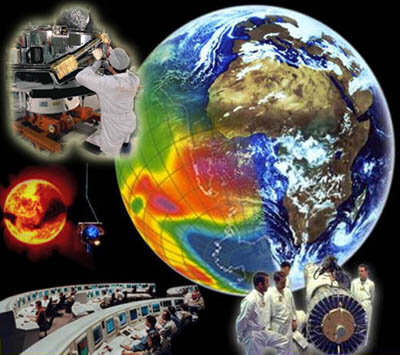
Space is already an important part of the business world, and stimulates other, non-space, industries. Europe's space industries employ 40 000 people, with a further 250 000 working in associated areas. Each new satellite is but the tip of a pyramid, the creation of thousands of men and women from factories and laboratories across the continent. As a result of their skills and efforts, ESA has become one of the great success stories, a world leader in both science and technology.
Several thousand people are also directly employed by ESA at the Agency's various establishments and ground stations in Europe or further afield. Although officials at the Paris headquarters are responsible for overall strategy, finance and administration, ESA's largest establishment is the European Space Research and Technology Centre (ESTEC) in The Netherlands, where teams of engineers and scientists oversee the development and testing of satellites.
Mission control for most ESA space projects is the European Space Operations Centre (ESOC) in Germany. Its experts track and command satellites via ground stations all over the world, including Sweden, Belgium, Spain, French Guiana and Australia. ESA's main centre for Earth observation is ESRIN, south of Rome. It manages Europe's largest archive of environmental data, coordinates more than 20 ground stations and facilities throughout Europe and cooperates with another 20 foreign ground station operators worldwide. The European Astronaut Centre in Cologne, Germany, provides training and medical support to ESA astronauts, both on the ground and during space missions. As a result of Europe's participation in the International Space Station, ESA's facilities have been opened up to astronauts from around the world.
The launch centre for European rockets and most ESA satellites is Kourou in French Guiana. Created and operated by the French space agency, the spaceport was vastly enlarged under ESA sponsorship for Ariane launches. Today, it is the most modern and efficient launch site in the world.
Eyes on Planet Earth
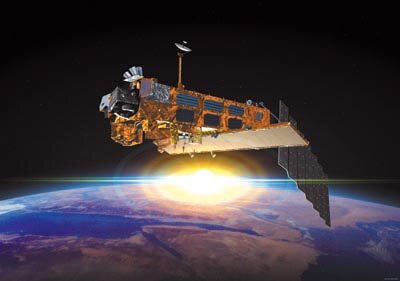
At the dawn of the 21st century, ESA has evolved into a world leader in almost every field of space endeavour. At the forefront is ESA's commitment to broadening our knowledge of the blue planet on which we all depend for our survival. Following the successes of its ERS satellites, which pioneered the civil use of cloud-piercing radar, the Agency recently launched Envisat, the most powerful remote sensing platform ever built. At the same time, ESA is developing smaller Earth observation satellites dedicated to specific environmental problems. Equipped with state-of-the-art instruments, these satellites will investigate particular areas of interest, such as ocean circulation and salinity, atmospheric motion, soil moisture and the thickness of Earth's ice cover.
At a time of apparent global warming, destruction of the ozone layer and rapid deforestation, broad-based observations of the atmosphere and surface are vital elements of any Earth observation effort. To this end, ESA is working with the European Union to develop a Global Monitoring for Environment and Security (GMES) programme, one aspect of which involves rapid delivery of space images and data to areas hit by man-made or natural disasters. In addition to real-time monitoring, prediction of floods and storms is essential if loss of life and property is to be minimised. For the past 25 years, the ESA-developed Meteosats have provided weather forecasters with continuous coverage of the effervescent atmosphere from the Atlantic to the Middle East. These eyes in the sky have recently been enhanced with the launch of a second-generation Meteosat, soon to be joined by Metop, Europe's first polar-orbiting meteorological satellite.
Guaranteed access to space for Europe

Many of ESA's satellites, including the Meteosats, are carried aloft by Europe's Ariane rockets, world leaders in performance and reliability. As the remarkably successful Ariane-4 launcher recently retired, a new-generation heavy-lift vehicle, the Ariane-5, has taken its place to maintain European domination of the commercial launch market.
The newcomer is also a key component of ESA's human spaceflight and space science programmes. Ariane-5 will be responsible for delivering Automated Transfer Vehicles (ATVs) to the International Space Station. Working as a supply ship, space propulsion module and refuse disposal vehicle, ATV will play a major role in supporting astronauts from around the globe as they spend many months aboard the giant station, including Europe's Columbus general-purpose laboratory module.
Meanwhile, Ariane-5 is being upgraded and modified so that it can launch two large satellites in tandem or send scientific spacecraft to the depths of the Solar System. The first payload to take advantage of this new capability was Rosetta, ESA's unique mission to orbit and land on a comet, launched on 2 March 2004. Rosetta is one cornerstone of an ambitious space science programme that will see European spacecraft explore the Moon and Earth's planetary neighbours in the next dozen years. One of the most exciting adventures is seeing Mars Express surveying the Red Planet for hidden water. Another planet scheduled for detailed examination is mysterious Mercury. ESA plans to send the BepiColombo mission in 2011-2012 to unveil the secrets of this little world, using solar electric propulsion technology being tested by SMART-1 during its 16-month trip to the Moon.
Cosmic insights
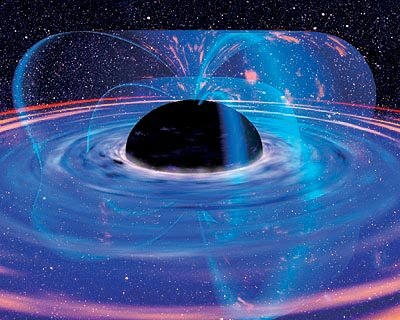
In order to explore further afield, ESA has developed some remarkable space observatories. From their orbital viewpoints above Earth's turbulent blanket of air, these satellites can observe the Universe at infrared, X-ray and gamma-ray wavelengths, as well as in visible light.
Having contributed hardware and expertise to the Hubble Space Telescope, ESA intends to continue its highly successful collaboration with NASA by participating in the even more powerful James Webb Space Telescope. Other world-beating space observatories in the pipeline 'for the next decade' include the Herschel infrared telescope to probe the origins of stars and galaxies; Planck, to study the faint radiation left over from the creation of the Universe; Gaia, to provide the most detailed, accurate map of our Milky Way galaxy; XEUS, to probe the cosmos before stars were born; and Darwin (2014), to search for planets circling other stars. And LISA (2013) will search for Einstein's elusive gravitational waves that may shed new light on the true nature of the Universe's structure and laws.
The true nature of the Sun
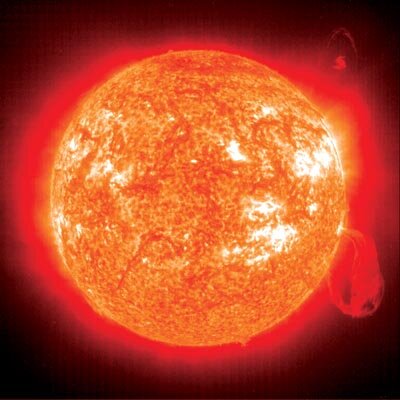
ESA is also at the forefront of an international effort to study the Sun and understand the interaction between our nearest star and our planet. While the SOHO satellite has been unravelling the nature of the Sun's nuclear powerhouse, a quartet of Cluster satellites has been providing the first three-dimensional view of how energetic solar particles affect near-Earth space. Next, Solar Orbiter (2013-2014) will be sent for the closest look ever at the Sun. Such research also has important, down-to-Earth applications since solar storms are potent threats to power grids, satellites and human space travellers. Even high-flying aircraft are vulnerable. One particular area of interest for ESA is the impact on the health of astronauts who spend many months aboard the International Space Station.
Europe and the ISS
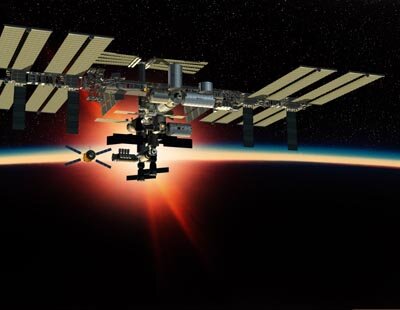
European astronauts have already completed long-endurance missions on Russia's Mir space station and visited the ISS during its early construction. Human spaceflight will assume even more importance for Europe as the Station grows and evolves, particularly after the addition of the Columbus laboratory. As a major partner in the programme, ESA foresees a return on investment through breakthroughs in microgravity research, possibly including advanced materials and new insights into human health, disease prevention and treatment.
Efforts to commercialise the Space Station are just one aspect of a broader policy to open up space for the benefit of industry and society in general. ESA is working with the European Union to focus on practical and commercial benefits, such as improved communications and safer navigation.
Connecting the world
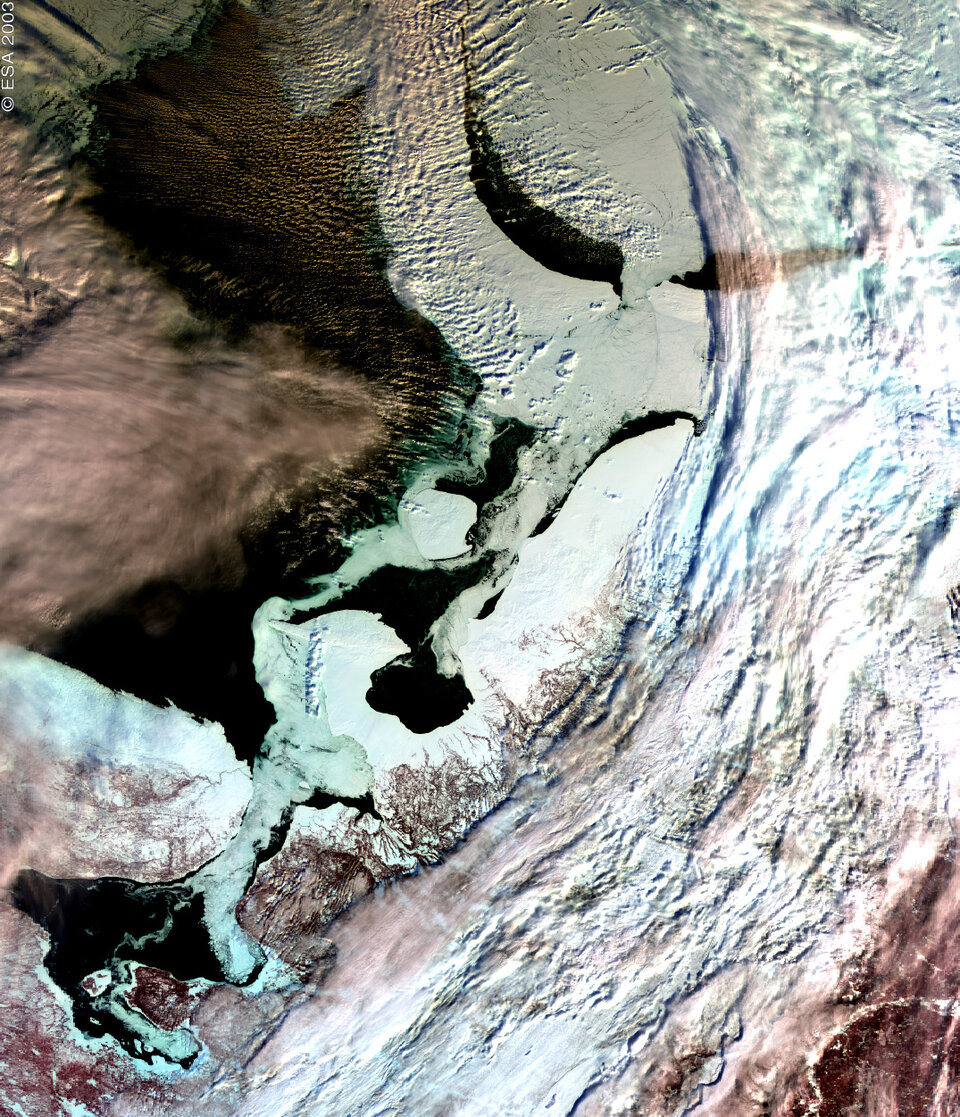
The growing desire to communicate at any time from any part of the globe is being accommodated by ESA's ARTES (Advanced Research in Telecommunications Systems) programme – an effort to introduce high-speed internet, interactive TV and mobile communications to people throughout the world. One indirect benefit of this approach has been the success of European satellite manufacturers in winning contracts to build commercial communication satellites.
The latest ESA contribution to advanced satellite communications is Artemis, equipped with payloads to promote voice and data transmission between mobile terminals and to provide high-rate data links between orbiting satellites. One exciting outcome has been the first use of lasers to transmit information from one satellite to another.
Finding our way
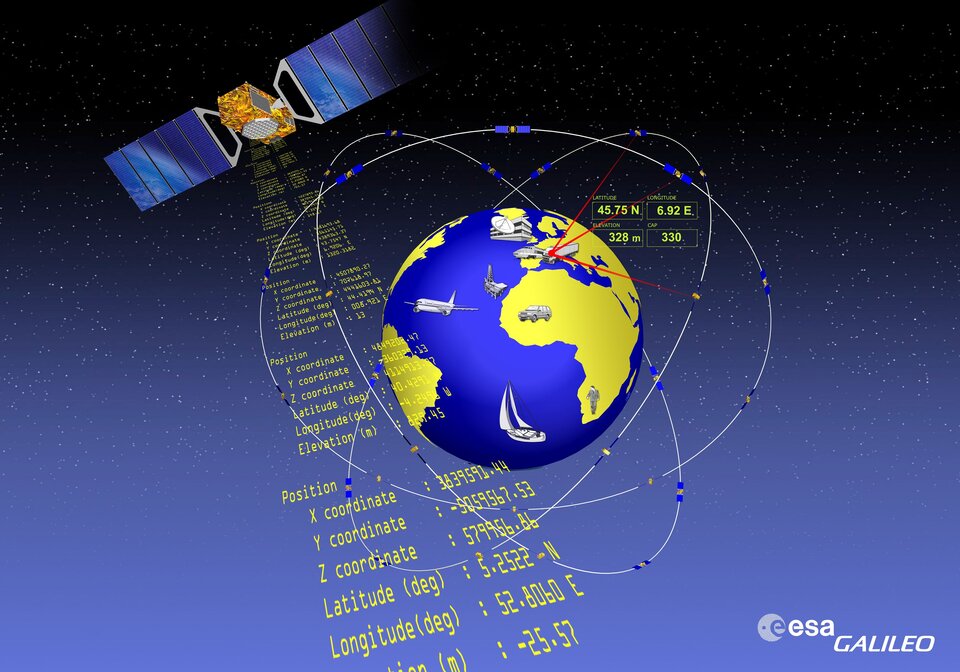
Artemis may also become part of a new, independent, satellite navigation system. Being built by ESA and the European Union, the Galileo constellation of up to 30 satellites will provide pinpoint locational accuracy for all, including taxi drivers and itinerant business people, surveyors and airline pilots, delivery firms and emergency services. Demand for Galileo's uninterrupted signals is expected to create more than 100 000 jobs and generate some 90 billion Euros in revenue during its first 15 years of operation.
An eye to the future
The first three decades years of ESA's existence have seen a succession of exciting discoveries and inspirational breakthroughs. Today, the Agency's activities extend into almost every aspect of modern life. In the decades ahead, ESA will be presented with even more challenges and opportunities to enhance the lives of millions of citizens through the transformation of Europe's economic, scientific and technological capabilities.
We are still at the dawn of the Space Age and what we can achieve is limited only by our imagination.
This article is based on the introduction to "The Space Dimension", an ESA brochure, available from ESA Publications Division (ESA BR-190) or online.




